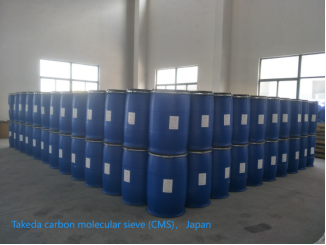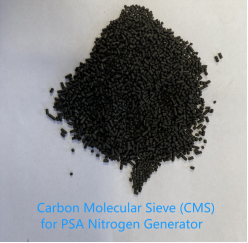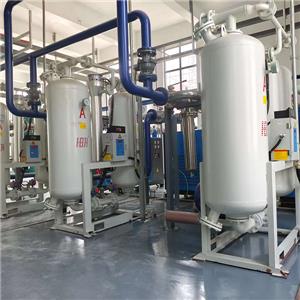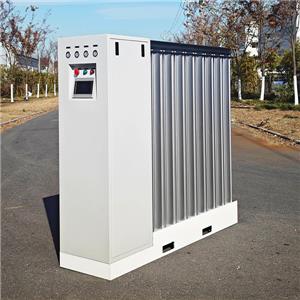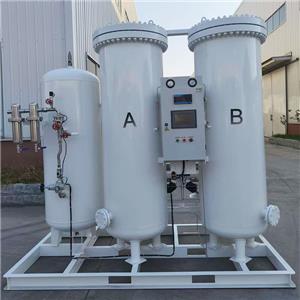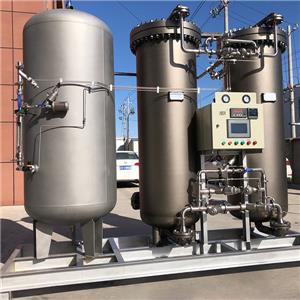Why Does a Nitrogen Generator Require Maintenance?
A Pressure Swing Adsorption (PSA) nitrogen generator utilizes carbon molecular sieve (CMS) as the adsorbent, operating on the principle of pressurized adsorption and depressurization desorption to separate oxygen from air, thereby producing nitrogen.
The carbon molecular sieve (CMS) is a cylindrical, black granular adsorbent primarily made from coal through processes such as grinding, oxidation, molding, carbonization, and specialized pore-structure treatment. Its surface and interior contain a vast network of micropores, enabling the kinetic separation of oxygen and nitrogen based on their differing molecular diffusion rates.
The pore size distribution of CMS allows different gases to diffuse into its micropores at varying rates without excluding any component of the air mixture. The separation mechanism relies on the slight difference in the kinetic diameters of oxygen and nitrogen molecules:
Oxygen (O₂) has a smaller kinetic diameter, leading to faster diffusion into the micropores.
Nitrogen (N₂) has a larger kinetic diameter, resulting in slower diffusion.
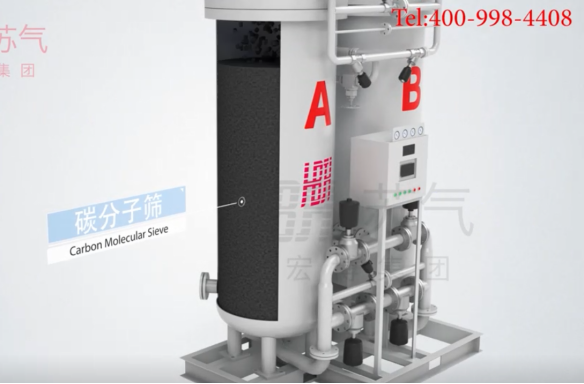
Additionally, water vapor (H₂O) and carbon dioxide (CO₂) in compressed air exhibit diffusion rates similar to oxygen, while argon (Ar) diffuses more slowly. As a result, the gas enriched and discharged from the adsorption tower is primarily a mixture of nitrogen (N₂) and argon (Ar).
However, prolonged operation can cause changes in the micropore structure of the CMS, reducing its adsorption efficiency. Moreover, if the compressed air contains oil or moisture, these contaminants can block or alter the micropores, degrading the CMS's performance and leading to a decline in nitrogen purity.
Therefore, regular maintenance of the nitrogen generator is essential to ensure optimal performance and longevity of the carbon molecular sieve.
